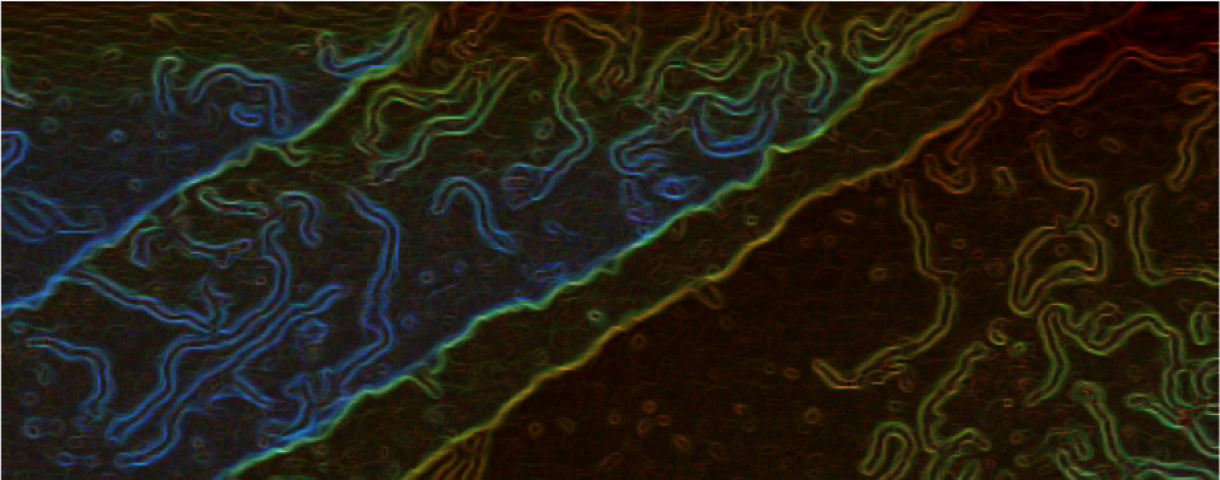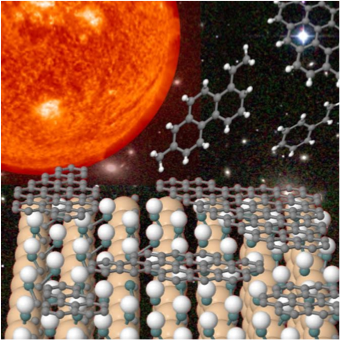ESISNA group awarded with a synergy grant
Reactivity of the TiO2(110) surface: deshydrogenating PAH’s by thermal activation
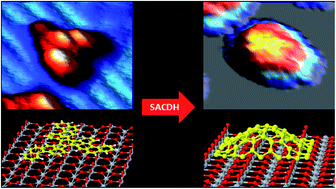
Our research group has shown the catalytic properties of the TiO2(110)-(1×1) surface towards dehydrogenation of large organic molecules. We have deposited C60H30 molecules on this surface and we have proven that high temperature annealing leads to partial cyclodehydrogenation, which allows the use of the activated PAH’s as building blocks for larger…
OPEN POSTDOCT POSITION AT THE ESISNA GROUP OF ICMM/CSIC
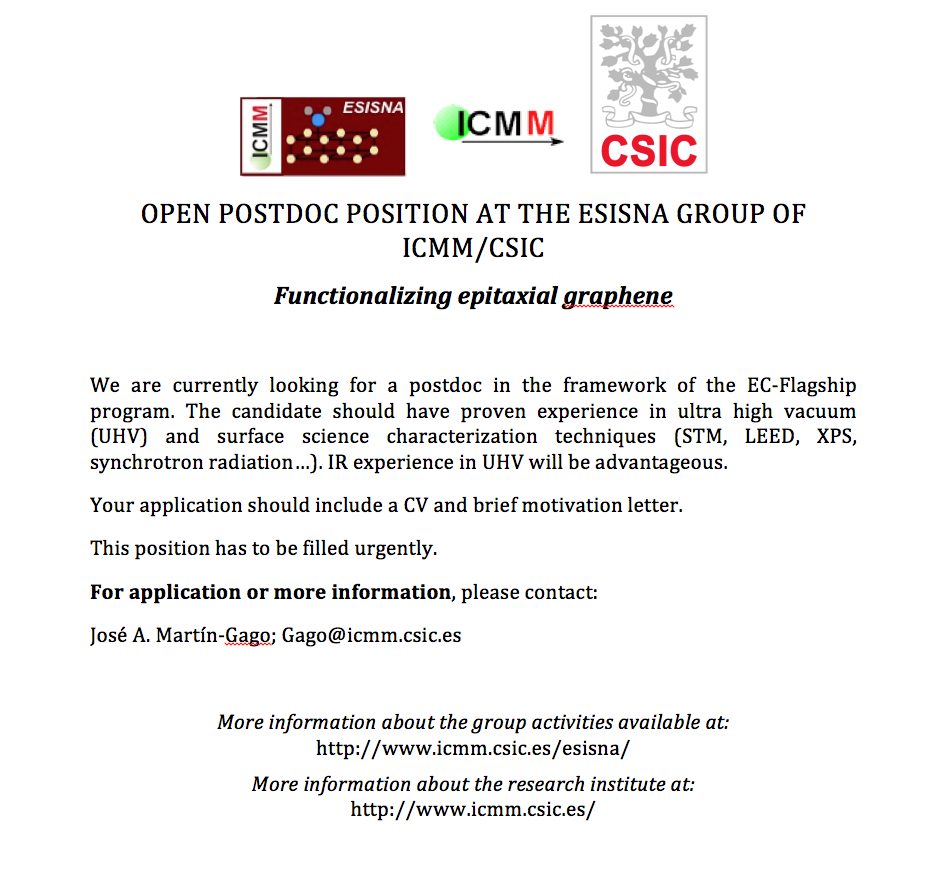
Functionalizing epitaxial graphene We are currently looking for a postdoc in the framework of the EC-Flagship program. The candidate should have proven experience in ultra high vacuum (UHV) and in some of the surface science characterization techniques (STM, LEED, XPS, synchrotron radiation…). IR experience in UHV will be advantageous. Your…
Diffusion controlled on-surface reactions: formation of N-doped nanoarchitectures

The bottom-up approach aims at forming tailored nanoarchitectures by manipulating organic molecules at atomic level and it is one of the most effective strategies used in nanotechnology. Catalytic surfaces are often used to prompt a particular reaction as they are very successful in modifying a particular molecule in selected ways.…
TiO2(110)- 1 x 2 reconstructed surface: valence band electronic structure
Full text in this link: Valence band electronic structure characterization of the rutile TiO2(110)-(1×2) reconstructed surface, Sanchez-Sanchez, C; Garnier, MG; Aebi, P; Blanco-Rey, M; de Andres, PL; Martin-Gago, JA; Lopez, MF; Surf. Sci., 608, 92 (2013). DOI: 10.1016/j.susc.2012.09.019 Full text in this link: Small Pt nanoparticles on the…
New UHV machine at ESISNA
Combined LEED-STM-IR in UHV machine A new UHV machine has been installed in the main laboratory of ESISNA’s Group. The machine combines three powerful techniques: STM at room temperature (the STM apparatus recycled from old machine); LEED (with multichannel-plate especially suitable for studying molecular structures); and Infrared spectroscopy in reflexion…
Following the Chemistry of graphene
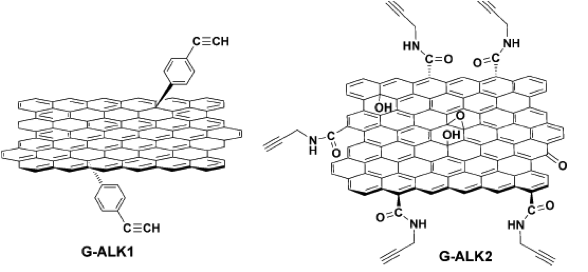
Graphene and Graphene derivatives are promising nanostructures to create new atomically precise materials. However, to this goal, it is important to functionalize and manipulate the graphene network in order to include specific species that confer new functionalities to the layer. We have used X-Ray Photoelectron Spectroscopy in order to determine…
Submonolayer Growth of Organic Molecules on the Dielectric TiO2(110)-1×1 Surface
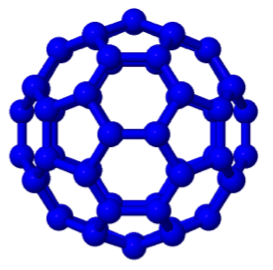
The possibility to select molecules with different shapes is one of the most intriguing issues of organic electronics, since it lets us envisage the exploitation of the anisotropy parameter for the design of hybrid archetypal devices. For this reason, we have studied the growth of two organic molecules, whose shape…






